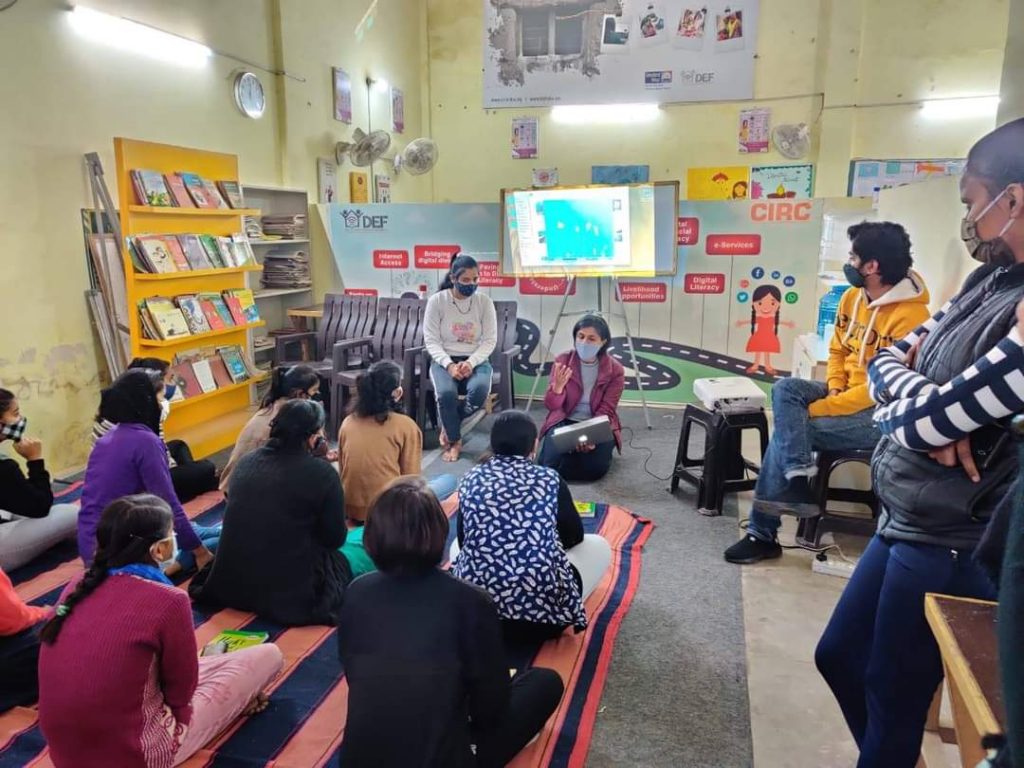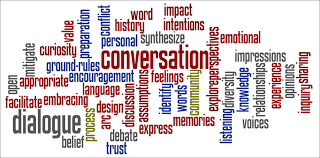28 December, 2020 Issue .
Women in the Age of Digital LiteracyBy Syed Mustafa Ahmad
With the advent of science and technology, the need for skills have got more importance. Being a literate in the present context, is not enough. Literacy has now changed into digital literacy. Digital literacy is important both for men and women. A skilled man or a skilled woman is of utmost importance in the age of information revolution. In our country, the need to impart digital education to women in particular and men in general can’t be overlooked. Among 130 crores of people, half are women. They, unlike men, are exploited at every stage. Their social life, economic life, political life, moral life, etc., is miserable. They lack everything. But the most important thing they lack is literacy. It is a conspiracy to let them remain backward. Their enlightenment will shake the mindless rituals of the society. They have been taken for granted since time immemorial. The books of morality are full of pages to give humanitarian approach to the women folk. Everywhere there is a hue and cry that women should be empowered. But when it comes to reality, there is nothing. There, in fact is barbarity. However, the desire to help them to empower has gained momentum. Now to some extent, the people at the helm of affairs have understood that why it is in the best of interests to give them what for actually they are entitled. Nevertheless, it will take centuries to get a concrete shape. Here, we look at the innovative approach of Facebook with the Government of India to empower the exploited group of our society, women. Basically, digital literacy has been defined as the ability to of individuals and communities to understand and use digital technologies for meaningful actions within life situations. Any individual who can operate computer/ laptop/ tablet/ smartphone/ and use other IT related books is being considered as digitally literate. Recently, Facebook launched the ‘ We Think Digital’ programme in partnership with the’ National Commission for Women(NCW) and Cyber Peace Foundation to provide digital literacy training to 1,00,000 women across states. The programme seeks to provide digital literacy training to 1,00,000 women across seven states in Uttar Pradesh, Assam, West Bengal, Madhya Pradesh, Gujarat, Jharkhand, and Bihar. Its objective is create digital leadership amongst women and help them use technology to empower, enable them to make smart choices and be secure from online risks. Starting from the state of Uttar Pradesh, the programme will be expanded to other states including Assam, West Bengal, Madhya Pradesh, Gujarat, Jharkhand, and Bihar throughout the year. The programme will focus on digital literacy and citizenship, addressing issues around privacy, safety and misinformation. The status of digital literacy among women can be understood by this fact that digital gender gap in India is huge. Less than a third of India’s total internet users are female that is 29%. Globally in developing countries, the number of women using the internet is 12% less than men. The reasons for low digital literacy amongst women are manifold. The first among them is social conditioning. Women , often didn’t make use of ICTs meant to empower them because of several obstacles such as lack of self confidence, low self-esteem, illiteracy, averseness in use of modern technology resulting in low exposure and awareness. The second cause is affordability. Mostly due to poverty and lack of resources, they are unable to afford computer and internet services readily. Given that women on average earn 25% less than men globally, high internet prices discriminate disproportionately against women. The third reason is digital skills and education. Women face several barriers such as lack of competence in use of equipment, lack of training facilities, etc. Yet, the country is making slow progress on providing digital literacy training and Internet access in public institutions at large scale. The fourth cause is grim situation in rural sphere. Women in rural India face multiple issues for gaining digital literacy, such as lack of education, awareness, accessibility and often restrictions because of their gender. The fifth is online safety. Mostly, police and courts are still not equipped to handle ICT mediated violence and harassment cases, Legislation to protect the privacy of data and communication is also not implemented in true spirit, bringing an overall aversion from the digital services. The process of digital literacy and digital inclusion is significant for women because of accession to financial services. Knowledge of and access to these digital services such as mobile money services can empower women to start small businesses and give them greater control over their money and savings. This has positive implications for their communities as women globally reinvest about 90% of their income into the households. For example, M-Pesa mobile money service in Kenya has gained much traction in development circles M-Pesa , as it has lifted 2% of Kenya’s households out of poverty. The results are most compelling for female beneficiaries. Another advantage of this process is increasing activism and participation in campaigns against gender inequality. Women’s ability to connect and mobilise via social media and the internet is increasingly vital to the success of campaigns against gender inequality. For example, #Delhi GangRape resulted in anti rape provisions being built into India’s Criminal Code. #Sendeanlat(‘tell your story’) has generated national discussions on violence against women in Turkey. #metoo movement, brought the issue of workplace sexual harassment to the fore globally. Apart from these, access to information, connection and liberation. The internet means access to a wealth of information. Women’s ability to communicate with each other freely, regaining a sense of agency in their own education as they teach themselves new skills. For example, it may be deemed an appropriate when girls and women ask questions regarding sensitive subjects like reproductive health, sex, religion, politics and social norms. Internet has a wide range of resources that can provide women with information about their health and well-being. Moreover, it gives access to educational resources. The biggest benefits of being digitally literate is that there is a plethora of free learning resources online. From YouTube videos to educational apps, one can use these platforms to supplement the education, to learn new skills, etc. Furthermore, digital literacy helps women to fight social discrimination through digital inclusion. A study on mobile phone ownership and usage by women in India, found that households where women had mobile phones reported lower tolerance for domestic violence and higher women’s autonomy in mobility and economic Independence. Last but not the least, it helps to counter Cyber threat. With the advent of laptops, smartphones and online learning, there is an urgent need to give girls the tools to be safe in this online environment, as new challenges, such as cyberbullying, make it critical to equipment girls with the relevant skills and awareness. There is a wide range of avenues that is available if we only implement it in letter and spirit. Thus, we must see “ digital gender divide” as “ digital gender opportunity”, as it will present a tangible opportunity for women to tackle long-standing challenges of gender inequalities, including access to employment, income, education and health services.REFERENCE: VISION IAS NOTES




